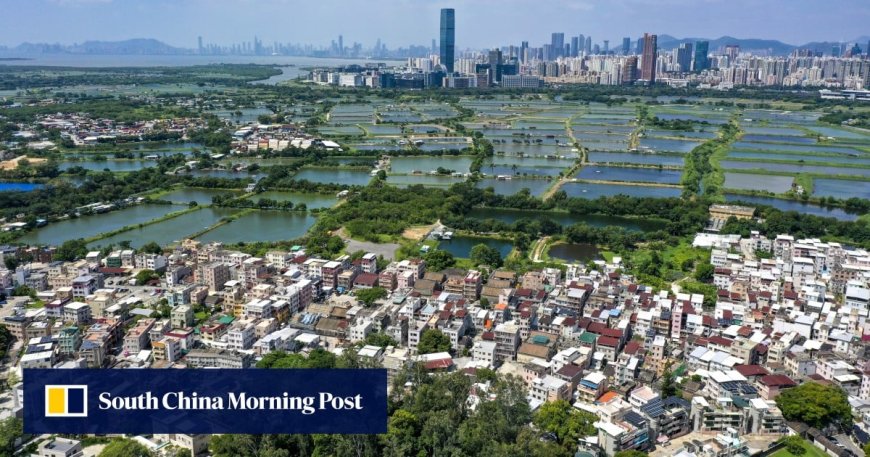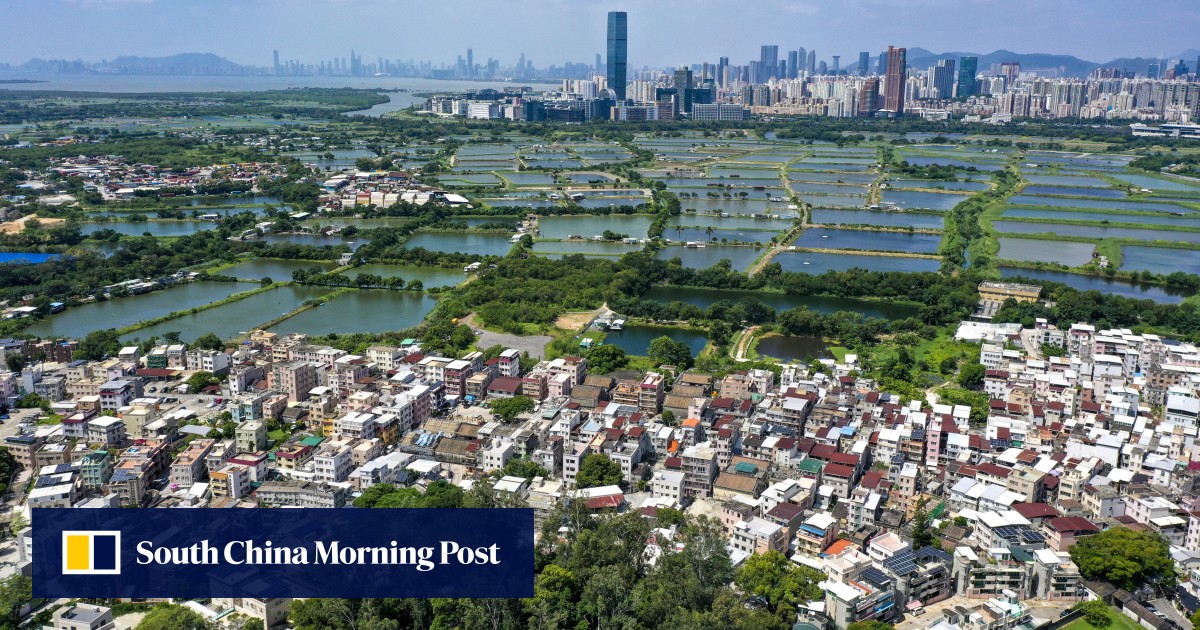Reject impact assessment for Hong Kong technopole project, green groups say
Reject impact assessment for Hong Kong technopole project, green groups say South China Morning Post

Sustainable Development Goals (SDGs) and the San Tin Technopole Project

Introduction
The San Tin Technopole project in Hong Kong aims to transform 600 hectares of land near the city’s border into a technology hub, with half of the land dedicated to innovation and technology industries and the rest used for a new town center. However, concerns have been raised regarding the accuracy and scientific basis of the environmental impact assessment report for the project, hindering meaningful discussions and debates.
Problematic Assessment Report
- The report was based on the original proposed size of 320 hectares, which is problematic considering the project now covers 600 hectares.
- Advocacy groups argue that the report violates statutory requirements and guidelines, including the need for a new assessment summary if there are fundamental changes to the scope of the project.
- Environmental groups point out inaccuracies and missing information in the report, such as misidentification of bird species and incomplete data on wetland management.
Importance of Sustainable Development Goals (SDGs)
The San Tin Technopole project should align with the Sustainable Development Goals (SDGs) set by the United Nations. These goals aim to address global challenges such as climate change, biodiversity loss, and sustainable development. It is crucial for the project to consider the following SDGs:
- SDG 11: Sustainable Cities and Communities – The project should contribute to the development of a sustainable and inclusive city center.
- SDG 9: Industry, Innovation, and Infrastructure – The innovation and technology industries in the technopole should promote sustainable development and technological advancements.
- SDG 15: Life on Land – The project should minimize the impact on wetlands, woodlands, and trees, preserving biodiversity and ecosystems.
Call for Action
Advocacy groups urge the government to address the concerns raised and take necessary actions:
- Provide accurate and scientific information for a meaningful debate on the San Tin Technopole project.
- Redo the environmental impact assessment to reflect the updated scope of the project.
- Address inaccuracies and missing information in the report, particularly regarding bird species and wetland management.
Potential Risks
If the advisory committee approves the flawed report, it may open the project to the risk of a judicial review, similar to previous controversial development plans. The Advisory Council on the Environment plays a crucial role in ensuring ecological preservation and should demand the necessary information and attach conditions to the acceptance of the study.
Conclusion
The San Tin Technopole project must prioritize accurate and scientific assessments that align with the Sustainable Development Goals. By addressing concerns and incorporating sustainable practices, the project can contribute to Hong Kong’s development while preserving its natural environment.
SDGs, Targets, and Indicators in the Article
1. Which SDGs are addressed or connected to the issues highlighted in the article?
- SDG 11: Sustainable Cities and Communities
- SDG 13: Climate Action
- SDG 15: Life on Land
2. What specific targets under those SDGs can be identified based on the article’s content?
- SDG 11.7: By 2030, provide universal access to safe, inclusive, and accessible, green and public spaces, particularly for women and children, older persons, and persons with disabilities.
- SDG 13.2: Integrate climate change measures into national policies, strategies, and planning.
- SDG 15.1: By 2020, ensure the conservation, restoration, and sustainable use of terrestrial and inland freshwater ecosystems and their services.
3. Are there any indicators mentioned or implied in the article that can be used to measure progress towards the identified targets?
- Indicator for SDG 11.7: Percentage of population with convenient access to public transport and green spaces.
- Indicator for SDG 13.2: Extent of climate change adaptation and mitigation measures incorporated into planning and development processes.
- Indicator for SDG 15.1: Proportion of important sites for terrestrial and freshwater biodiversity that are covered by protected areas.
Table: SDGs, Targets, and Indicators
| SDGs | Targets | Indicators |
|---|---|---|
| SDG 11: Sustainable Cities and Communities | Target 11.7: By 2030, provide universal access to safe, inclusive, and accessible, green and public spaces, particularly for women and children, older persons, and persons with disabilities. | Indicator: Percentage of population with convenient access to public transport and green spaces. |
| SDG 13: Climate Action | Target 13.2: Integrate climate change measures into national policies, strategies, and planning. | Indicator: Extent of climate change adaptation and mitigation measures incorporated into planning and development processes. |
| SDG 15: Life on Land | Target 15.1: By 2020, ensure the conservation, restoration, and sustainable use of terrestrial and inland freshwater ecosystems and their services. | Indicator: Proportion of important sites for terrestrial and freshwater biodiversity that are covered by protected areas. |
Behold! This splendid article springs forth from the wellspring of knowledge, shaped by a wondrous proprietary AI technology that delved into a vast ocean of data, illuminating the path towards the Sustainable Development Goals. Remember that all rights are reserved by SDG Investors LLC, empowering us to champion progress together.
Source: scmp.com

Join us, as fellow seekers of change, on a transformative journey at https://sdgtalks.ai/welcome, where you can become a member and actively contribute to shaping a brighter future.







